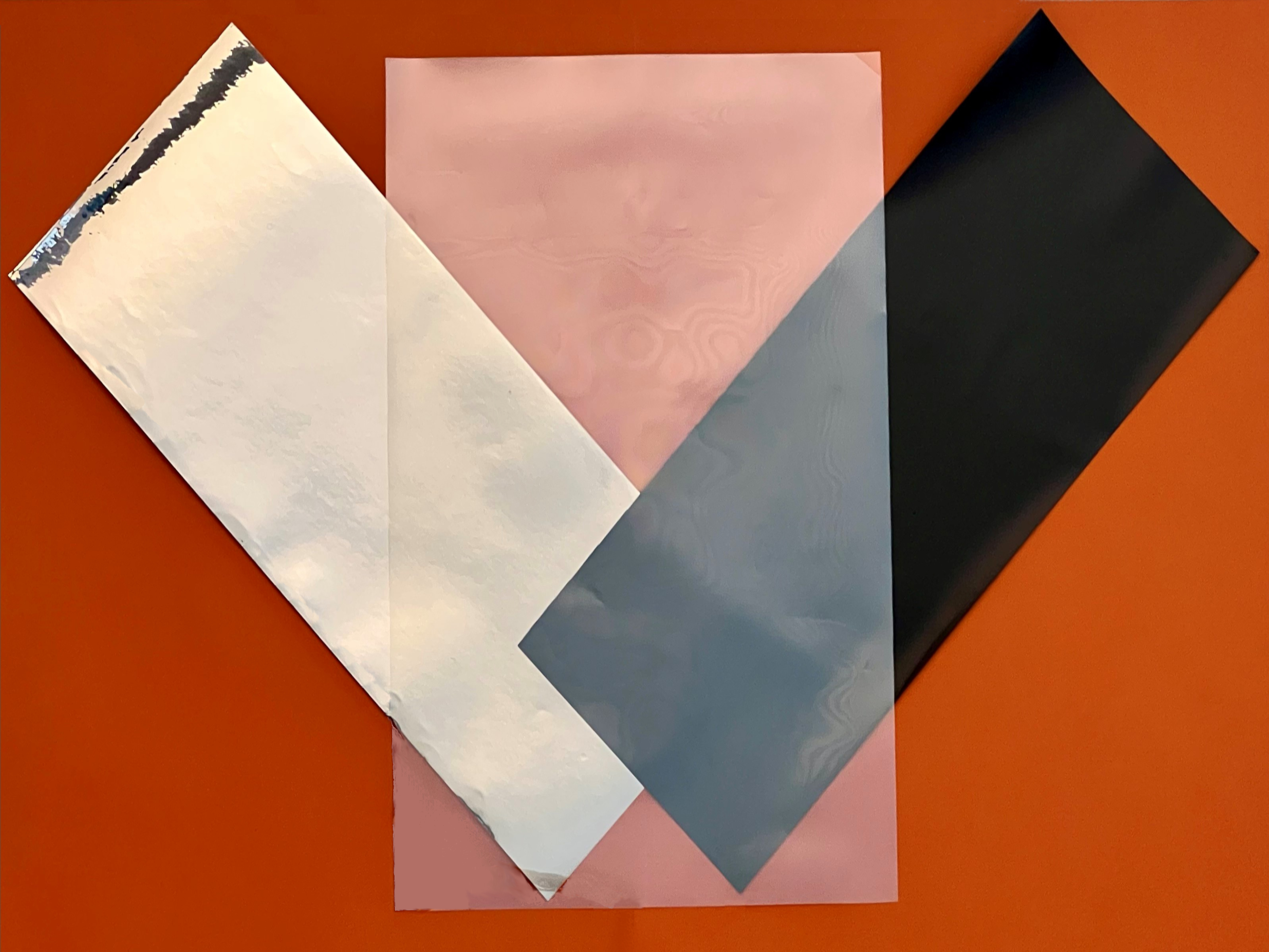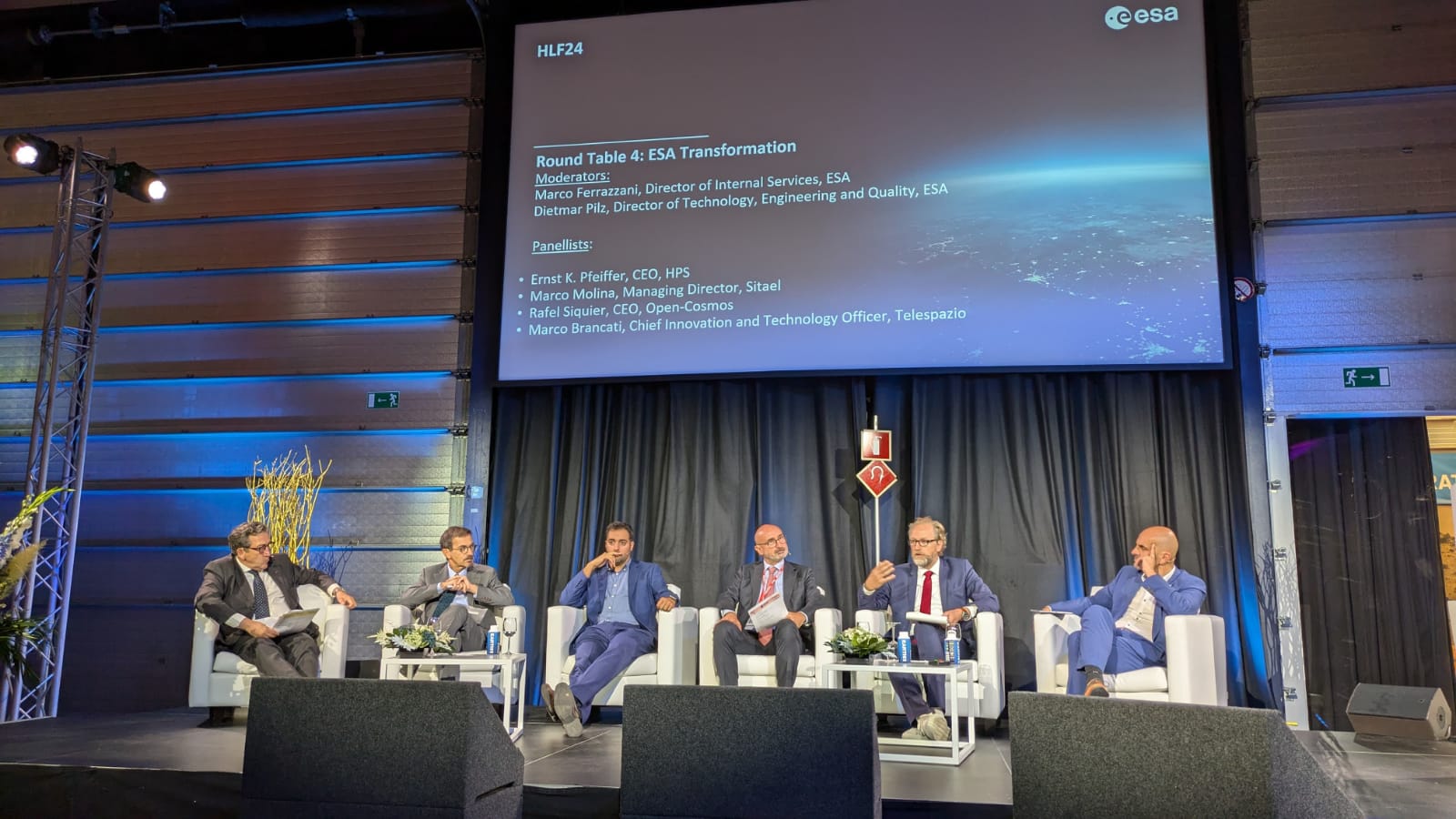October 2024
HPS Space News
HERA on its way: Europe writing the next chapter of space history with HPS antenna
On Monday, October 7, 2024, the mission that will put Europe ahead of science fiction was launched in Cape Canaveral, Florida, on board a SpaceX Falcon 9 with the HERA satellite. After around three years of flight into deep space, the satellite will begin in 2027 to precisely document the consequences of the impact of the American DART mission to deflect the trajectory of the asteroid Dimorphos.
A central element of the HERA satellite is the X-band system from the German antenna specialist HPS (Munich): a complete antenna with a diameter of 1.2 meters made of highly stable carbon fibres, high eigenfrequenz with good reflectivity and also extremely low weight. For HPS, with its experience from major antenna projects such as the Euclid (ESA, direct client TAS-SP) and Heinrich-Hertz (DLR, direct client TESAT/OHB) missions, the antenna is proven technological terrain. Nevertheless, as the only link for scientific data between the satellite and the earth, the HPS antenna plays an enormously important role for the entire mission.
With a total mass of just 7.5 kg, it is basically a scaled-up version of the model that HPS built for ESA’s Euclid observatory, which already operates 1.5 million km from Earth. However, Hera’s antenna will have to cover much greater distances than Euclid, as it will transmit and receive over a maximum of 400 million km. To accomplish this, HPS’s high gain antenna amplifies its signal by more than 4000 times to reach Earth, focused to just half a degree, so that the entire spacecraft moves to align with its home planet.
For the flight and mission, the high-gain antenna is mounted on the outside of the spacecraft. There, it is thermally insulated from the extreme temperatures in space with a Kapton germanium sunshield, while the radio waves continue to pass through. “As engineers, we are known for staying focused on the facts and cool as Mr. Spock when dealing with the challenges facing our technology; but when the time actually comes for Europe to write space history with our antenna, then we too can be very proud and emotional,” said Ernst K. Pfeiffer, CEO of HPS.
Also, HPS-CTO Paolo Zolla was moved when he witnessed the launch live at Vandenburg Spaceport, California: “The launch was thrilling since our arrival in Florida, when the police officer at the airport told us a big hurricane will come soon. On launch day, it was raining really hard and the wind was blowing super strong. We thought the launch might get canceled. But then, just a few minutes before it was time to go, the rain stopped and the wind calmed down. The launch director said, ‘We’re good to go!’
The Falcon 9’s liftoff was a dramatic sight. Its nine engines ignited, slowly lifting the rocket before it rapidly accelerated, leaving a trail of flame and smoke. The ground rumbled as the rocket soared into the sky. Watching it disappear over the clouds, with the HERA spacecraft and ‘our’ antenna aboard, left a lasting impression—a mix of pride and the feeling of being part of an extraordinary mission.”
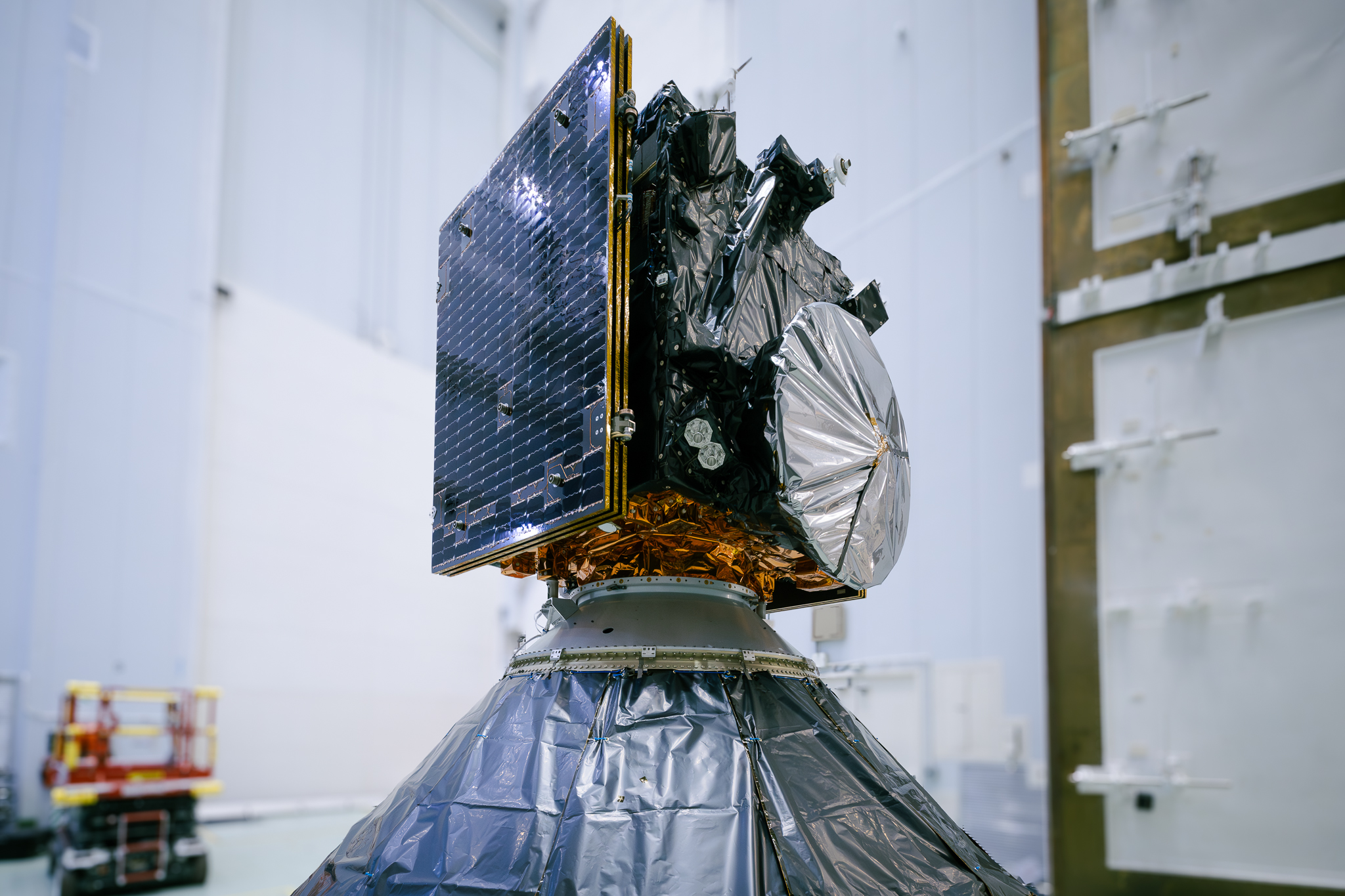
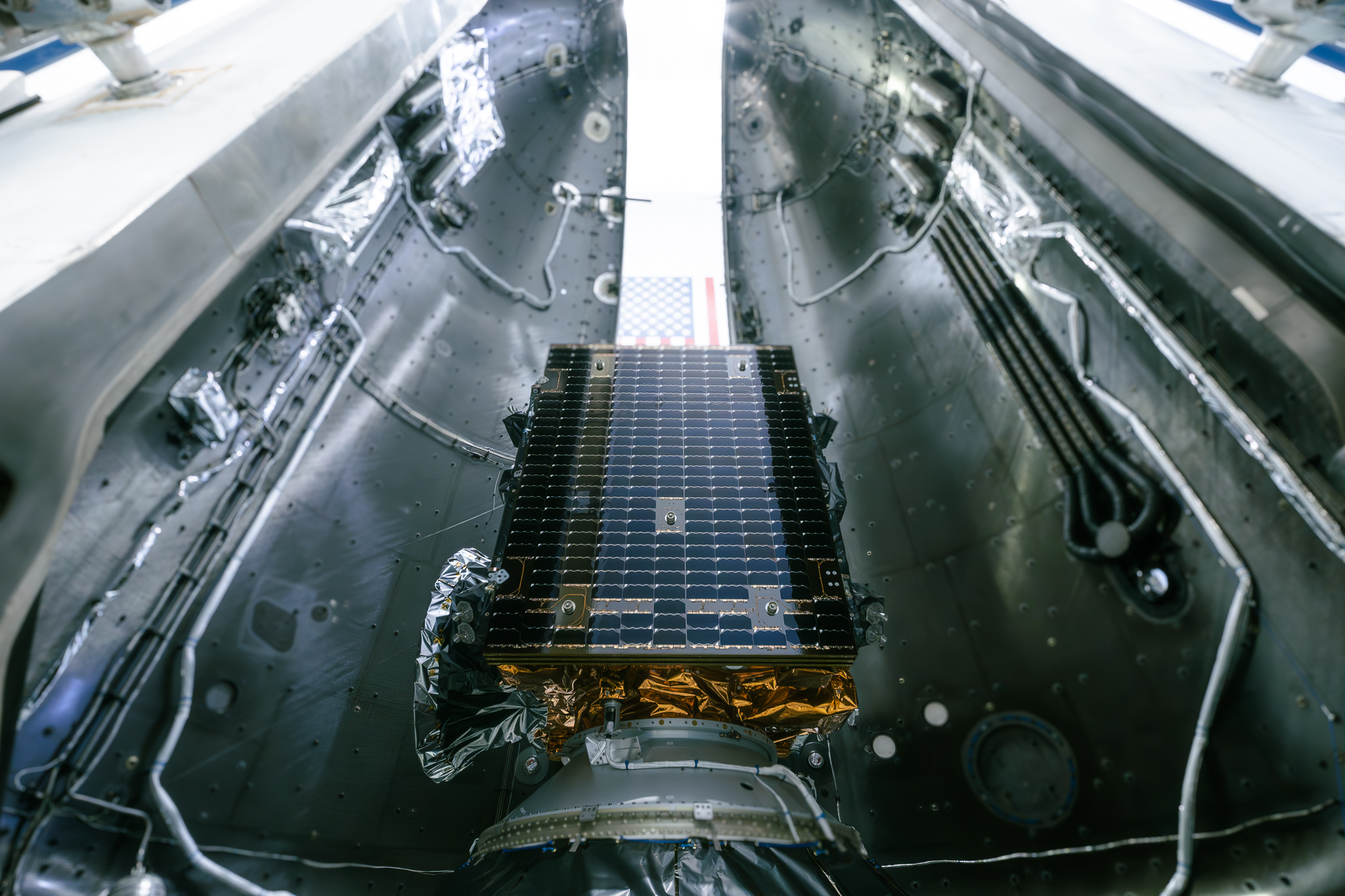
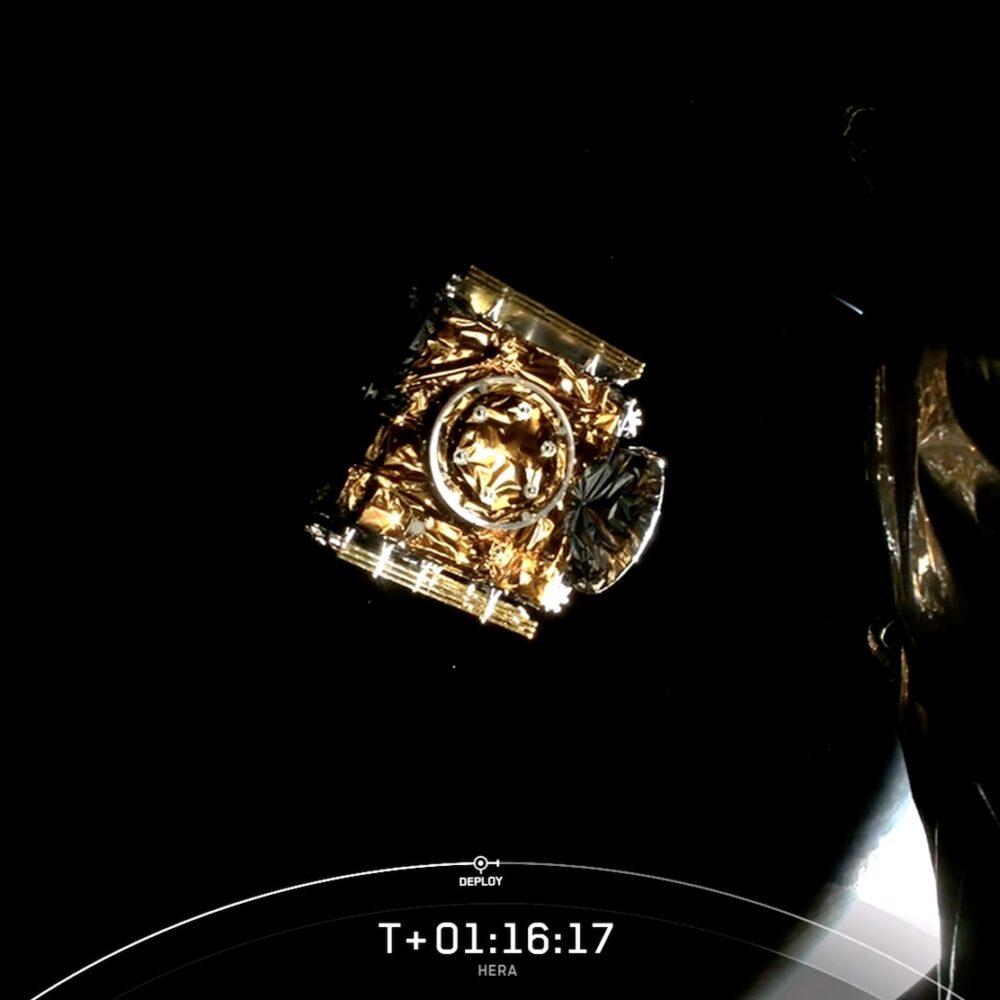
Oktober 2024
HPS Prominently Present at the IAC in Milano
Participating in the International Astronautical Congress, IAC, has developed into a good tradition at HPS over many years. This year, the company will be represented by Ernst K. Pfeiffer, CEO, together with ADEO project manager Mrs. Dorittya Milankowitch from HPS Munich and Horatiu Gheorghe as IAC-contact point for HPS Bucharest with products like secondary structures, thermal hardware and purging equipment. The HPS-team will keep up full presence during all five days of this international event.
Special highlights will be the company presentations; they are going to take place on Friday, 18th, from 10.15 to 10.45 a.m., and also as part of the Company Slam at the booth of the German association BDLI on Tuesday from 13.15 to 13.45 p.m..
Focus of both presentations will be on the product family of the ADEO deorbit sailsystem for automatic disposal of satellites after their end of mission, serving the idea of clean space, sustainability and debris avoidance even from the beginning of the satellite´s journey.
Main products besides ADEO to be asked at our booth: reflector antennas, deployable antennas, large deployable reflector subsystems, mesh, thermal hardware, purging equipment. HPS will warmly welcome there all its customers from both worlds: classic and NewSpace. For a dedicated prearranged business meeting please send a message to Contact@hps-gmbh.com.
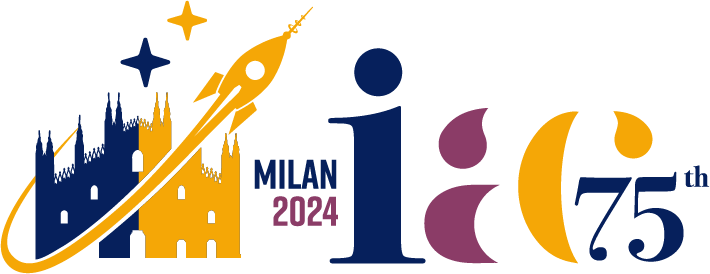
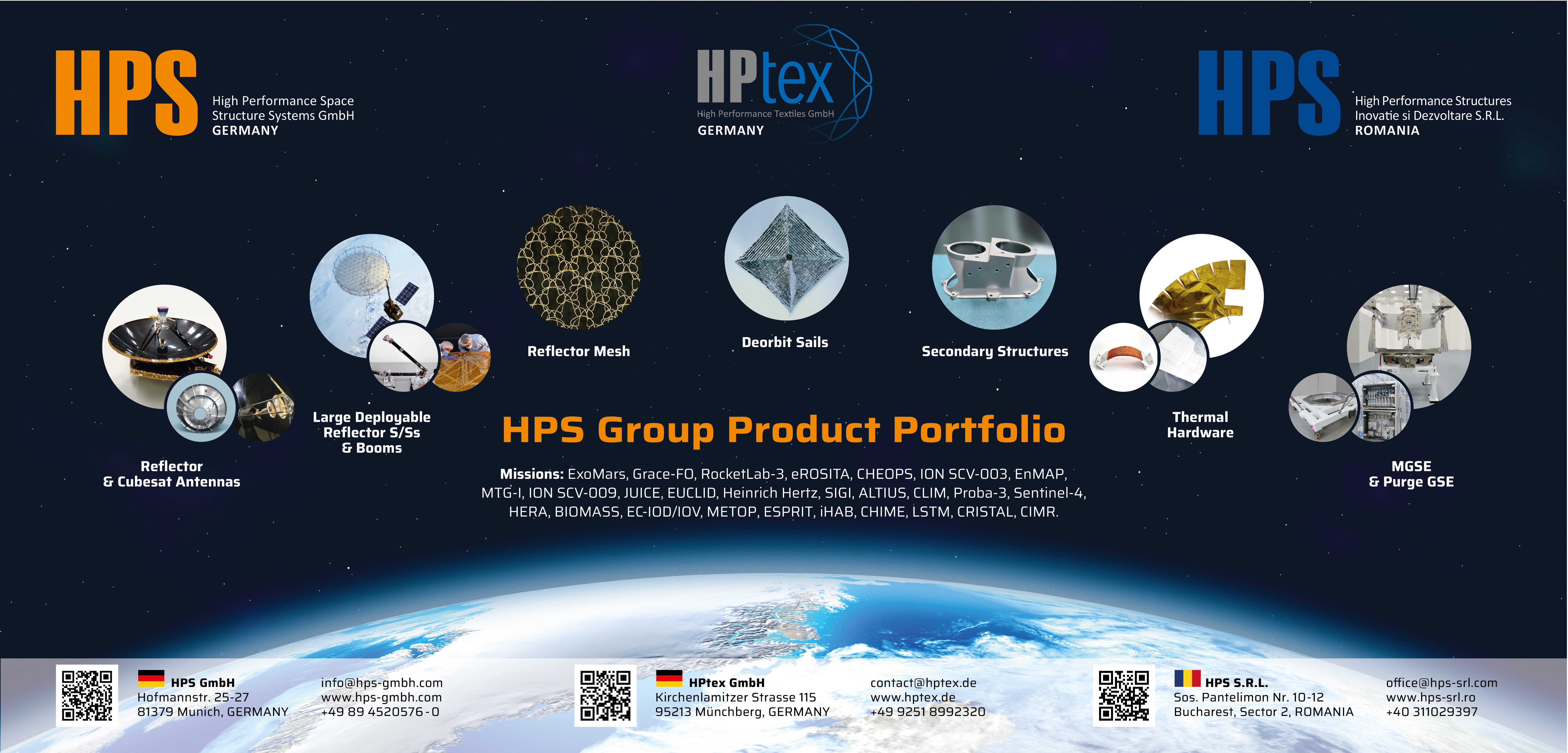
Oktober 2024
Innovative BANT-1 reflector antenna from HPS for Reflex: exemplary symbiosis of NewSpace and established space-SME
NewSpace – this means, among other things, speed in development, production and provision, paired with innovative versatility as a leitmotif for the performance of the product. A current example of this is the broadband reflector antenna developed for the new Reflex Aerospace satellite by space SME HPS GmbH (Munich, Germany) with a broadband spiral as an axial feed. The primary development goal was to achieve a large bandwidth and considerable gain while at the same time limiting the time from order to delivery to the customer to just 12 months. The antenna consists of a prime focus reflector with a diameter of 700 mm and an f/D ratio of 0.32, which is fed by a compact ultra-wideband cavity-backed spiral (CBS).
HPS thus succeeded in meeting all customer expectations in terms of performance, price, and timing while adhering to best practices and strict quality management; the project can serve as a striking example of an exemplary symbiosis between NewSpace and established space SMEs towards “NextSpace”.
The Reflex satellite will be launched on board a Falcon9 as part of a SpaceX rideshare 12 mission.
Picture:
Satellite “SIGI” by REFLEX AEROSPACE with integrated reflector Antenna “BANT”, supplied by HPS Munich, ready for transport to the launchpad in the U.S. (left: Ernst K. Pfeiffer, CEO HPS, right:Walter Ballheimer, CEO REFLEX AEROSPACE, visit as of September 30th, 2024)
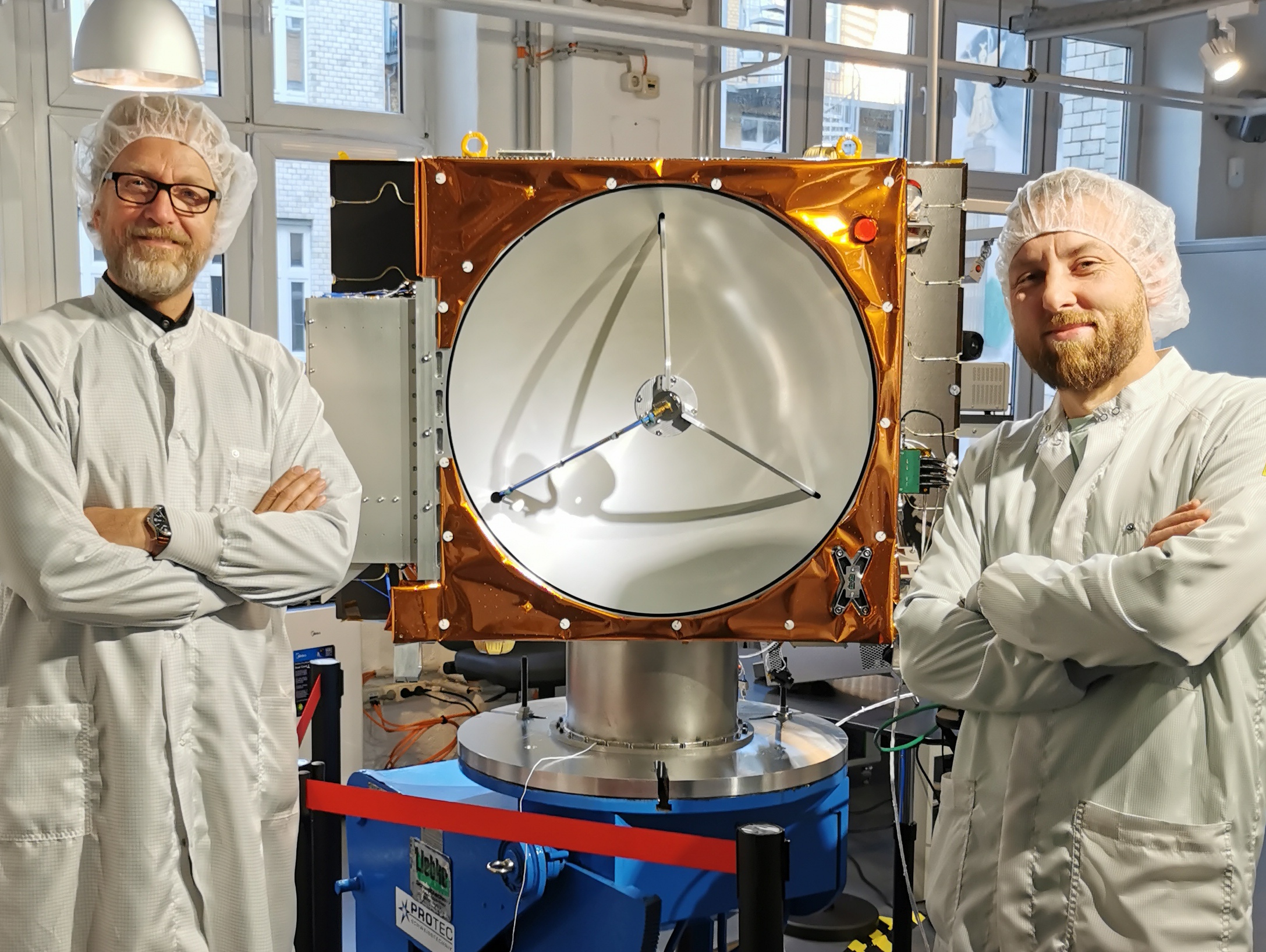
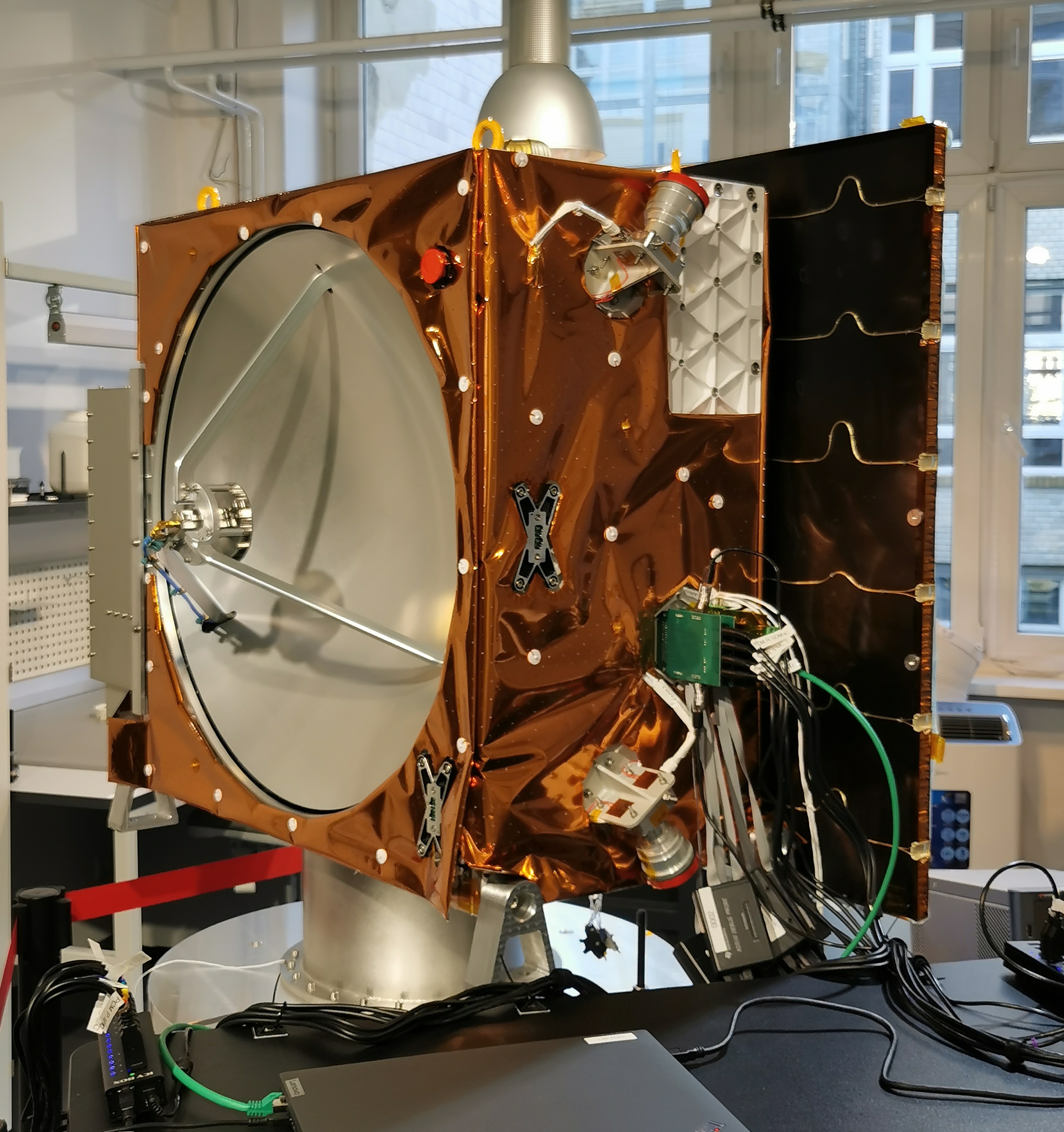
September 2024
ADEO Pico: The smallest dragsail gains a foothold in the largest market
Deorbit Technology from HPS
With the ink now drying under the contract for a PICO-class satellite deorbit device from the ADEO dragsail family of HPS, the Munich-based space technology company is now also setting foot on North American soil: After careful consideration of the alternatives, the Canadian company StarSpec Technologies decided in favor of the system for integration on their InspireSAT 12U ADCS MVP satellite, to be launched in 2026.
The ADEO-P was purchased at the beginning of July. The integration will be carried out by the experts in 2025. The satellite is planned to be launched in 2026 aboard a Falcon9 as part of the Transporter-17 SmallSat Rideshire mission from the Vandenburg Space Force Base in the USA. At the end of the mission, the dragsail will be deployed to a size of 1.4 m2 and automatically dispose of the satellite within the now obligatory period of less than five years. The satellite will burn up in the atmosphere without leaving any residue.
This initiative promotes StarSpec’s high precision space-qualified ADCS components, including sub-arcsecond precision star cameras, cogless reaction wheels, and ultra-high-bandwidth controllers, providing 100x the precision and imaging quality for LEO imaging satellite.
Jason Brown, Mechanical & Technology Lead, commented on the key factors leading to the selection of the ADEO-P for InspireSAT: “A primary mandate of InspireSAT is to provide high performance in-orbit capabilities in a way that does not compromise and strongly maintains the continued and future utility of LEO. We are delighted to have HPS, a proven high-tech specialist in the international space industry, at our side, allowing StarSpec Technologies to maintain its sustainable and orbit-conscious approach to space in a way that maintains focus on the successful demonstration of our transformative state-of-the-art ADCS. Thanks HPS!”
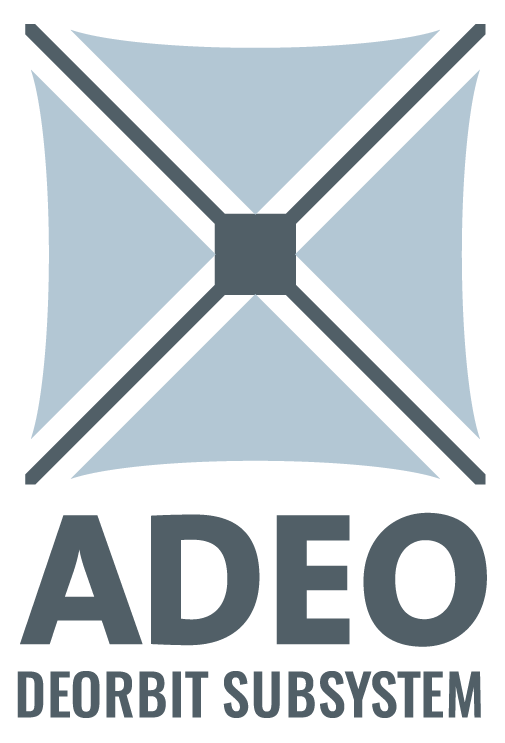
September 2024
HPS with prominent presentation of its whole corporate group at Industry Space Days
Major industry events cast their shadows ahead: The ESA Industry Space Days 2024 will once again take place at the headquarters of the Technology Center of Europe’s space agency ESA in Nordwijk, the Netherlands, from 18 to 19 September 2024. The ISD is organized by the SME Office in the ESA Directorate of Commercialisation, Industry and Competitiveness to foster cooperation between different actors in the entire space sector.
Key elements of the event include:
➔ pre-scheduled 1-on-1 meetings to establish new contacts in an efficient and time-saving manner
➔ an exhibition with ESA and industry booths and the possibility to engage with future partners
➔ keynotes and panel discussions with contributions by ESA, industry, investors and institutional partners
➔ ESA presentations and workshops about business opportunities and future activities.
Once again this year, the European HPS Group will be among the most prominent participants in the event from the space sector of the medium-sized innovation industry. At stand number B25, the Bucharest based specialists from HPS Romania and HPTex GmbH from Münchberg near Bayreuth will be represented under the umbrella of the Munich headquartered HPS – High Performance Space Structure Systems GmbH.
The range of products presented is just as much a testament to the importance that HPS attaches to this industry event as the high-ranking line-up: CEO Dr. Ernst K. Pfeiffer will represent the entire group of companies, Managing Director Astrid Draguleanu will represent HPS Romania and Stefan Bedrich, Head of the Antennas and Structures Department at HPS Munich, will be responsible for large parts of the product portfolio.
At this year’s ISD event, the group of companies will place a particular emphasis on small antennas designed for small missions, alongside HPS’s expertise in deployable antennas.
HPS will also showcase the products of its subsidiary HPTex GmbH, which specializes in weaving reflective mesh suitable for deployable antennas of various sizes and can manufacture stainless steel mesh for the training needs of clients globally.
Meanwhile, at its Bucharest location the HPS Romania primarily produces metal antennas (including 3D printed), secondary structures, thermal hardware (MLI, thermal straps, radiators), MGSE and purge equipment.
All products are designed to be scalable, catering to both large missions and smaller satellites, including cubesat missions.
Nevertheless, the primary focus of HPS at the Industry Space Days 2024 is undeniably on its flagship product, ADEO. This innovative brake sail is generating extraordinary global interest, as it facilitates the automatic and orderly deorbiting of disused satellites of nearly any size, at the end of their missions. ADEO meets all current requirements, essential for obtaining launch authorization on a rocket.
Ernst K. Pfeiffer, who will also be taking part in discussions and meetings in Nordwijk in his other role as spokesperson for the German Space SMEs Association, is looking forward to the wealth of opportunities to focus on personal contact during the two days of the event. He will further expand his own network of customers, suppliers, partners and representatives such as employees from ESA and other institutions and he will promote the strength and power of SME in general and their contribution to the currently happening ESA Transformation.
“For us at HPS, the ESA Industry Space Days are always a very special event highlight. We are delighted to be part of it and would like to thank ESA and all those who plan and set up the event for their commitment.”
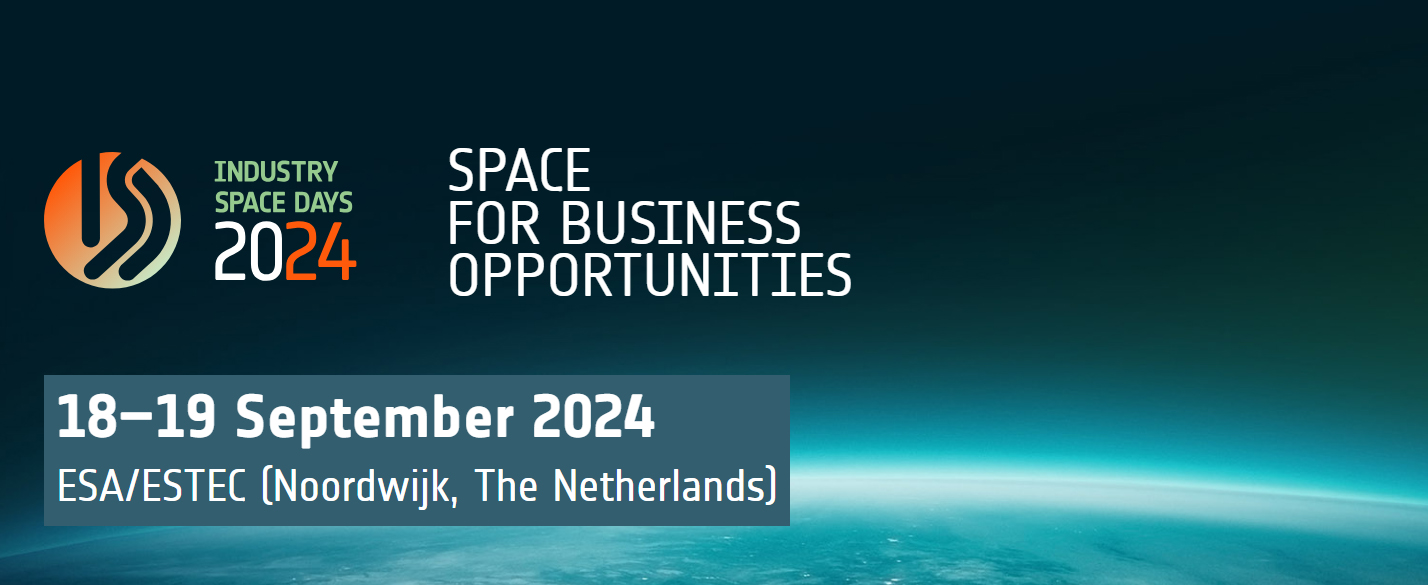

September 2024
Suggestions for ESA Transformation by CEO HPS – HLF 2024
Contribution by Ernst K. Pfeiffer: 7 Points Plan (CEO HPS GmbH and Speaker AKRK German SME). This paper has been created AFTER the HLF-event, taking the handwritten notes prepared BEFORE the event.
Noordwijk, ESA/ESTEC | 10. September 2024
September 2024
DLR’s national SatKom – a reflection of the steady development of HPS into the high-tech forge of the German space industry
It will take place again on September 3 and 4: The national conference “Satellite Communications Conference in Germany”. This is already the eighth event of its kind and reason enough to speak of a successfully established tradition.
In Bonn, leading representatives from industry, research and public clients will discuss satellite communications as an incubator for the information society of tomorrow.
From its premiere in 2008 until today, Munich-based space technology company HPS has remained loyal to the event as an exhibitor and panelist. What began with a modest presentation on “mechanical components for telecommunication” has developed into a central technology showcase for the German medium-sized company, which is now a “gold sponsor” of the event. Among other things, HPS now produces entire antenna subsystems for the most demanding missions and applications. Iconic highlights of German space-tech such as Heinrich Hertz and EUCLID provide impressive proof of the excellence of customized reflector antennas and high-end reflectors on a daily basis.
With HERA, whose complete antenna comes from HPS, will be another contender for the history books of space in October. Reliability and technical excellence – these are the characteristics on which the company builds. This claim is also reflected in the main exhibits on the 12 square meters of the HPS stand in the breadth of a whole range of original hardware:
- The KEAN backpack/manpack antenna for civil and military purposes
- The EQM model of the H2Sat reflector
- Brackets made entirely from 3D printing for star sensors, antenna feeds and also for modules of the world’s leading braking sail ADEO for the legally compliant rapid disposal of decommissioned satellites in accordance with the latest international rules for their launch approval
- Reflective mesh for deployable antennas
- The 30-centimeter X-band antenna, also printed in 3D.
While the 12 square meters of the exhibition stand are thus reaching their limits, the presentation of HPS’s capacities for the concrete development of further future technologies is only just beginning here; the focus is on
- Small antennas from 3D printing
- Large deployable reflector subsystems for telecommunications – both for civilian and military users, especially the German Armed Forces – technically comparable to the CIMR antenna for the European Union, developed and built under HPS consortium management
- Dual-band antennas, e.g. for the X and KA bands for downlink
- Multifrequency receiving antennas
- Metal Mesh for the global market, developed under the ESA’s ARTES program, also suitable for higher frequencies and already in use by highly renowned reference customers in North America and Asia.
At the booth, HPS CEO Ernst K. Pfeiffer, HPS department head Stefan Bedrich and project engineer Christopher Tapp will be available to contacts from large companies, the German Armed Forces and commercial customers from the NewSpace sector with functional demonstrations of the KEAN manpack antenna and of the ADEO brake sail for accelerated deorbit of decommissioned satellites, which deploys automatically at the end of the mission. In addition, Stefan Bedrich will report on the “Heinrich Hertz North Beam Antenna” and “End-to-end tests with the KEAN deployable backpack antenna” in the lecture program.

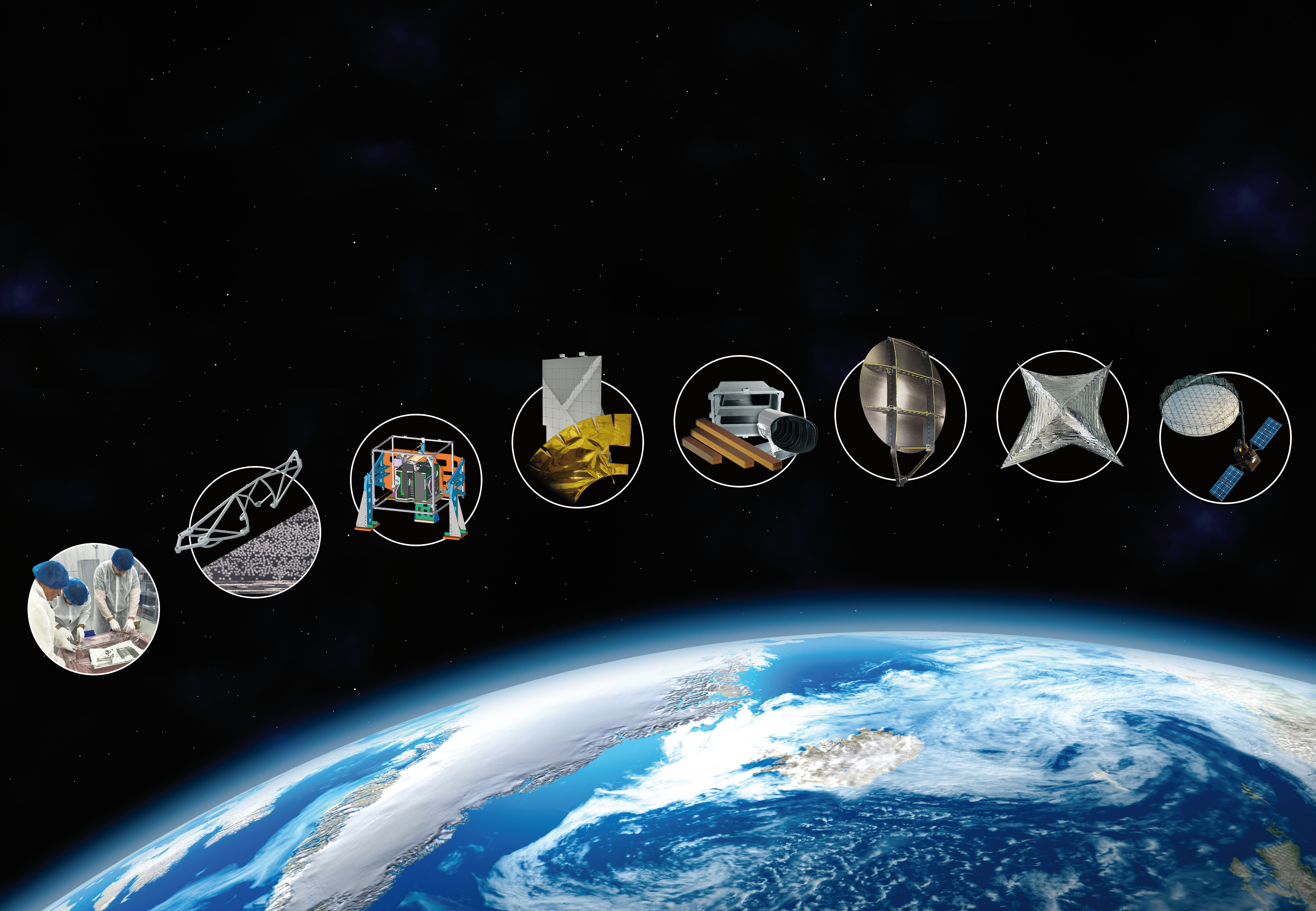
August 2024
HPS CEO: “Wishing my namesake a happy return home”
As a rule, the purpose of a satellite, be it scientific or commercial, is the focus of interest. However, there are also a few exceptions that confirm this rule. One of these is the recently launched flight of an inconspicuous 18-kilo box with a Falcon 9 from SpaceX to a low target orbit at an altitude of 510 kilometers. The name: ERNST – abbreviation for “Experimental Space Application of Nano-Satellite Technology”. Its mission: to use infrared detectors from space to detect where in the world civilian or military rockets are being launched as they fly over the earth based on the hot radiation of combustion gases – and which target they are probably aiming for. This type of technology has long been standard in the USA in the technical instruments for the nation’s fourth branch of the armed forces after the army, air force and navy, the “Space Forces”; in Europe, research in this area is still in its infancy by comparison, which is why the ERNST mission represents an important milestone for Germany.
This application-related research purpose of ERNST is still at a highly experimental early stage, but the renowned Fraunhofer Institute in Freiburg is relying on tried and tested principles to avoid space debris: a braking system with a deployable sail for accelerated return at the end of the approximately three-year mission is also on board. This is a version customized by the Fraunhofer Institute for theERNST mini-satellite. HPS collaborated with Fraunhofer on the sail almost ten years ago as part of a master’s thesis and provided support. HPS is now a pioneer of the technology and currently the world’s only commercial supplier of flight-tested automatic brake sails of the so-called ADEO family, with a total of 5 different product versions for all size classes of LEO satellites. ADEO braking sails are currently becoming standard equipment, because from fall 2024 at the latest, no satellite will be transported into space by the de facto monopoly provider SpaceX without such on-board technology for accelerated return under the new FCC regulations after the end of the mission.
“After a certain period of familiarization with the new legal situation, the run on ADEO brake sails is now in full swing. Customers in North America have also built up a great deal of trust in ADEO and HPS; the fact that HPS with ADEO occupies the lone top position in the NASA technology report on deorbit technologies is certainly helpful here. In this respect, we are naturally extremely pleased that, in addition to our commercial system on the market, we are now also securing further points for product trust and popularity through our collaboration with one of the world’s most famous German research institutes. That’s why, for once, I don’t see the operational research mission as the highlight here, but rather its end, and I wish my namesake a happy journey home,” comments Ernst K. Pfeiffer, CEO of HPS.
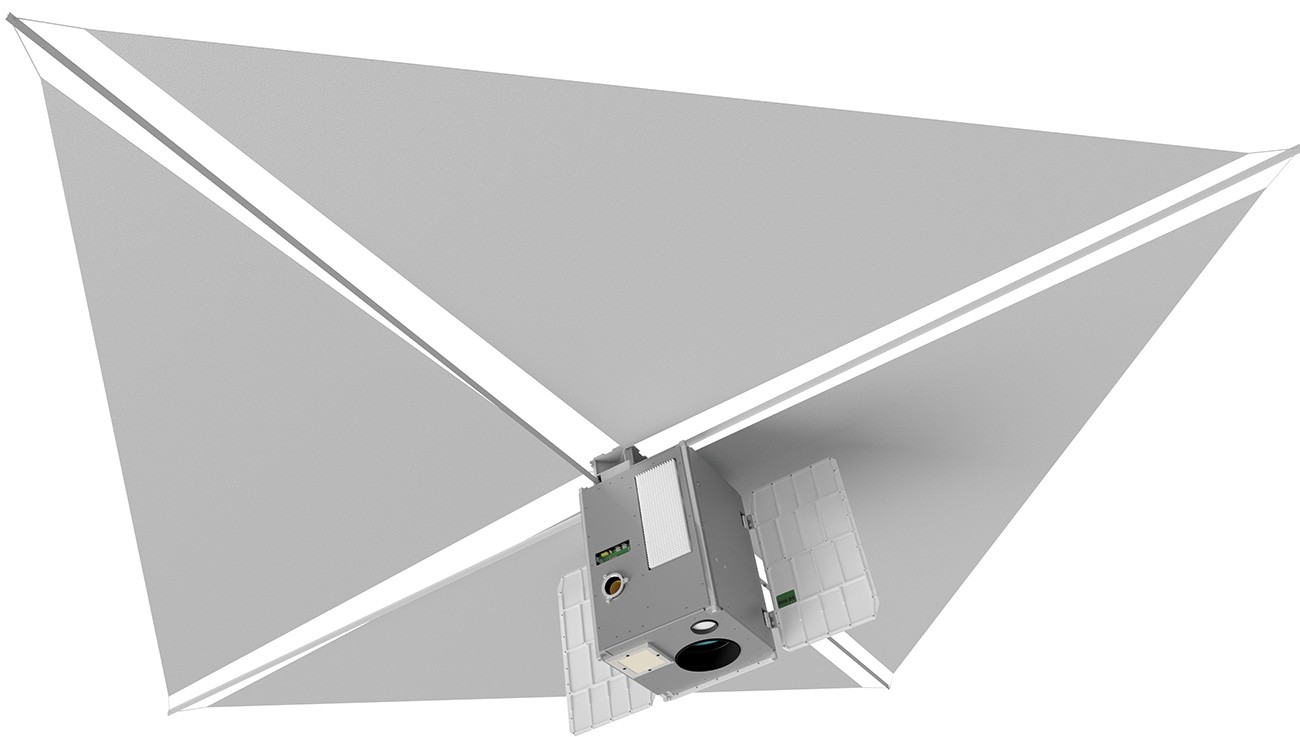
© Fraunhofer EMI

© Fraunhofer EMI
August 2024
On the way to the moon: HPS secures participation in the humanity project I-Hab with a German SME consortium
It is one of the most ambitious international space programs of our time: Artemis, the return to the moon to stay on this most distant outpost of mankind. At the ESA Ministerial Council Conference 2022, Germany subscribed to the European work package under the name GATEWAY with a contribution of twentyfive million euros and the expectation that SME consortia in particular would be given the opportunity to demonstrate their skills.
The Munich-based space technology company HPS, which had already qualified for the contract to provide the Antenna Reflector Assembly (ARA) as a core element of the ESPRIT LUNAR-LINK, now presented its SME consortium. On August 8, 2024, HPS Germany with its SME consortium of proven cooperation partners signed the multimillion Phase C/D contract with the mission prime TAS-Italy and took on the task of developing and manufacturing the so-called “Internal Secondary Structures”, i.e. lightweight panels, hinges and brackets, following Phase B2, which began in 2021 – in a nutshell: to provide the central elements that hold the interior of the habitable I-Hab together while it orbits the Earth’s satellite as a “bus stop moon” and represents the supply hub for all activities around and on the moon.
With great emphasis and intensive commitment, prime contractor TAS has created in the past weeks the conditions for HPS to be able to schedule the kick-off for all project-consortium under its leadership for August 13, based on the written contract in the middle of the summer; this applies in particular to Astrofeinwerktechnik (Berlin), HPS-Romania (Bucharest), INVENT GmbH, Braunschweig, Space Structures GmbH (Berlin), SpaceTech GmbH (Immenstaad). The security of having the right partner in HPS and its consortium for Europe’s part in this extremely demanding humanity project can also be drawn by the Group Prime from the success of an HPS consortium in other highly complex tasks such as the deployable giant antenna for TAS Rome as part of Copernicus CIMR.
In addition to a series of small and large technology projects, in which the company involves other SMEs whenever possible, HPS has now also assumed the role of central “SME enabler” in the supreme discipline of space technology for astronautical survival infrastructure and supply.
HPS CEO Ernst K. Pfeiffer reacted to this renewed vote of confidence with great enthusiasm: “I can say for HPS and all our subcontractors involved without exaggeration: this is a milestone for German SME-industry in the history of international space travel and for all of us more than just a piece of technology. We are creating something here that will go down in the history books of nations; in addition to all the challenges for the engineer, participation is an honor that we are all determined to earn. In keeping with the image of the Olympic Games having took place: this job is the gold medal with value for eternity. Countless videos and live broadcasts of astronautical activities using our technical facilities over many years will keep the memory of this achievement alive for generations.”
Delivery of the qualification models is scheduled for mid-2025, with the flight-assemblies to be delivered to TAS a year later. The launch is scheduled for 2028. Prior to this, there will be intensive discussions in the autumn on all ongoing processes and the “Delta Work” action area, which have been postponed for the time being in favor of the earliest possible start of the work.
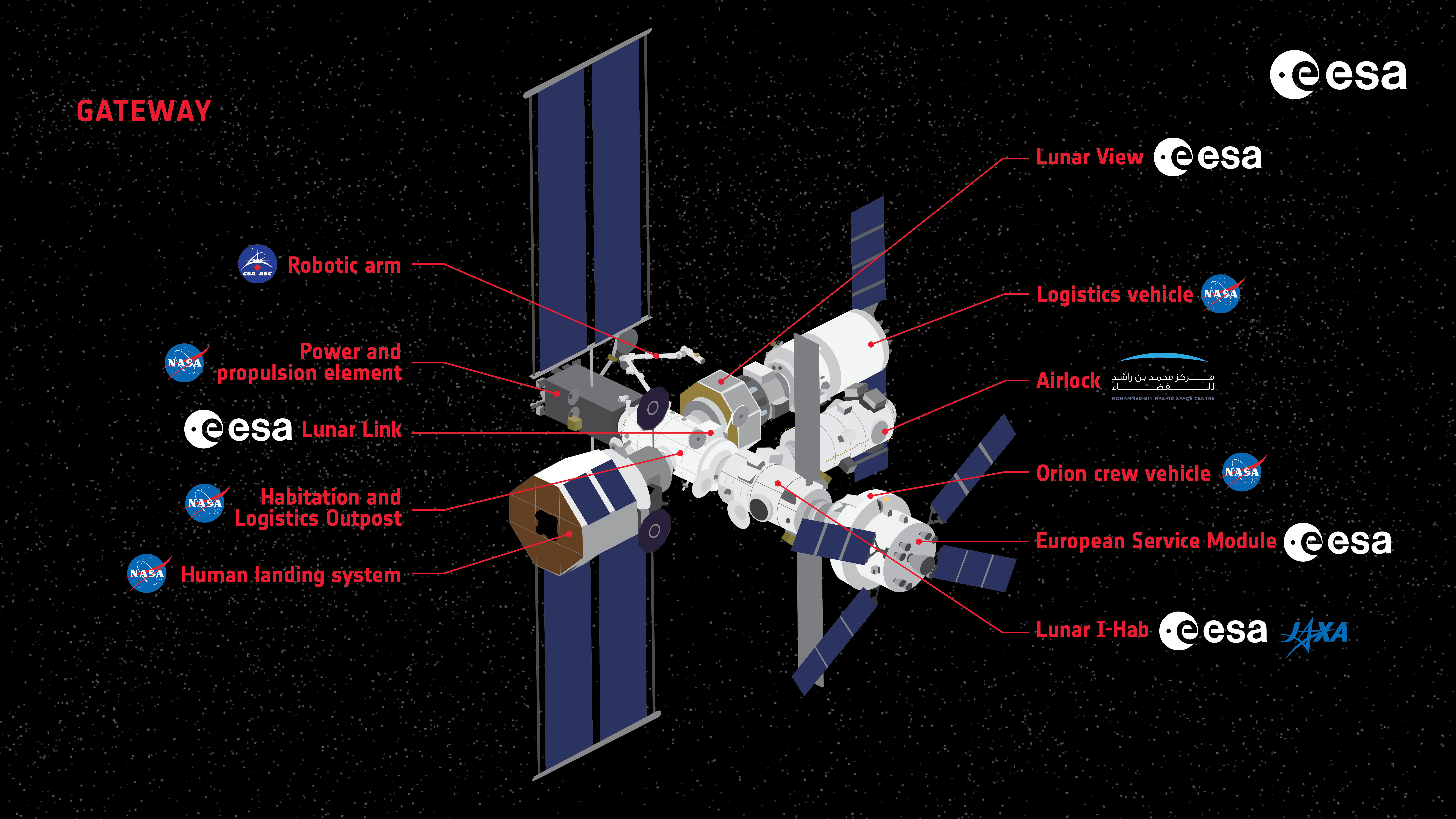
August 2024
ESA: 1 million for product innovation by HPS, AAC and DLR
ESA’s GSTP program is one of the European Space Agency’s most important instruments for promoting new technologies, particularly those generated by SMEs. The program also enjoys high priority in the overall ESA portfolio at the German space agency; the corresponding financial resources now also enable the launch of a new sub-program called “Product Initiative”. With the signing of the contract on August 7, 2024, ESA and HPS as the main contractor gave the go-ahead for the first technology project in this category.
It took just over six months from the idea to the signing of the contract; the funding amount is one million euros. The Munich-based space technology company HPS and its long-standing partner, Vienna-based Aerospace & Advanced Composites GmbH, are contributing 20 percent of their own funds, while the DLR Institute of Space Systems in Bremen is also on board on the research side. Over the next 24 months, highly innovative films (working name “ProFilm”) will be developed in various thicknesses and surface configurations and for large-area applications, which are characterized by two special features in particular:
- they are resistant to the chemically aggressive residual oxygen molecules (ATOX-resistant) and are therefore perfectly suited for use in particular in the highly frequented low earth orbit LEO area,
- Special derivatives are invisible or non-reflective.
In addition to use as thermal insulation for satellites, this also results in innovative applications as invisible brake sails as a further development of the HPS ADEO product range for deorbiting decommissioned satellites.
In this way, they serve four strategic goals of European space:
- Securing technological independence from other major spacefaring nations that have already made progress in this area
- Support European manufacturers of spacecraft and satellites, for whom maximum physical protection is an element of the competitiveness of their products
- Avoidance of astronomy-hostile light pollution in space through non-reflective surfaces on dragsails and thermal insulation such as MLIs and SLIs. There are also plans to use them for solar panels and radiators.
The ideas go as far as deployable structures that could make entire satellites invisible with ProFilm.
HPS CEO Ernst K. Pfeiffer is enthusiastic about the start of the project: “The innovation processes that have now been initiated will result in highly exciting products – the cooperation with our partners, DLR in the north and AAC GmbH in the south, alone is a guarantee of this. Above all, however, this premiere of ESA’s new GSTP sub-programme shows how quickly and effectively the European space agency can identify, accept and master technical challenges. This is exactly what European space travel needs, and this is exactly what innovation drivers from the ranks of SMEs need in particular.”
